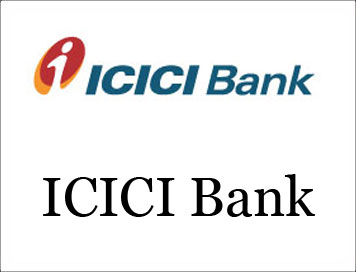
(Sample Paper) ICICI Manipal PO Programme PGDB
VERBAL COMPREHENSION
Directions: Read the given passage and answer the questions that follow.
Passage
On clear moonless evenings when it is completely dark, you
can sometimes see a faint glow from the horizon. It is called the zodiacal light
as it runs along the zodiac, the constellation through which the planets appear
to travel. This glow is sunlight, reflected off dust particles in the solar
system it is brightest near the sun, so it is best visible after sunset or
before dawn, when the sun is just far enough below the horizon to leave the sky
completely dark.
1. According to this passage the zodiac is a________
a. Collection of sun signs
b. Constellation
c. Star
d. Planet
2. The zodiacal light can be seen only on_____
a. Moonless nights
b. Starry Nights
c. Moonless evenings
d. Alternate days
Directions: Choose the best word from the given options to complete the
sentence.
1. Passing gravy through a ________removes lumps.
a. Mixture
b. Sieve
c. Tap
d. Cap
2. The politician’s poor behaviour was overlooked because of his________.
a. Selfishness
b. Reluctance
c. Resistance
d. Charisma
3. The latest novel in the series opened with a _________ of the previous
books.
a. Syntax
b. Signage
c. Symphony
d. Synopsis
4. Salt is a __________ ingredient in the preparation of any type of food.
a. Indicative
b. Cheerful
c. Outstanding
d. Vital
NUMERICAL COMPREHENSION
Directions: Each of the questions below is followed by two
statements, labeled (1) and (2), in which certain data are given. In these
questions you do not actually have to compute an answer, but rather you have to
decide whether the data given in the statements are sufficient for answering the
questions. Using the data given in the statements plus your knowledge of
mathematics and everyday facts (such as the number of days in a month), you are
to blacken the box on the answer sheet under:
A. If statements (1) ALONE is sufficient but Statement (2) alone is not
sufficient to answer the question asked.
B. If statement (2) ALONE is sufficient but statement (1) alone is not
sufficient to answer the question asked.
C. If BOTH statements (1) and (2) TOGETHER are sufficient to answer the
question asked, but NIETHER statement ALONE is sufficient.
D. If EACH statement is sufficient by itself to answer the question asked.
E. If statements (1) and (2) TOGETHER are NOT sufficient to answer the
question asked and additional data specific to the problem are needed.
1. How much did Seema weigh before she started dieting?